How I funded my studies by digging for Sierra Leone diamonds
- Published
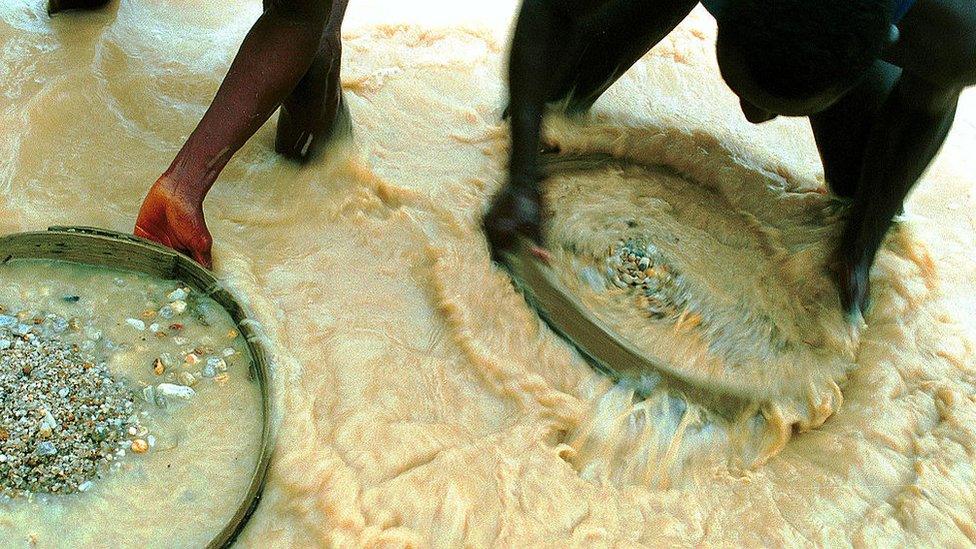
Digging for diamonds is no soft option
In my teens, I worked as an artisanal miner, waist deep in water, sieving the gravel to find a diamond.
Growing up in diamond-rich eastern Sierra Leone, it was the natural thing to do.
Jobs were, and still are, few and far between, so the gemstones were a magnet. They persuaded many to drop out of school, but I worked as a miner mostly during school holidays and sometimes at weekends.
The Kono District was densely populated because the sparkling stones could be found virtually everywhere, sometimes through sheer luck.
My parents joined thousands of people from across the country, as well as The Gambia, Mali, Senegal and even Lebanon, to go to Kono in the hope of making a quick fortune.
Blistered palms
I grew up there and my work as a miner was hard. I dug the river beds for gravel and extracted the often muddy earth looking for diamonds.
The pickaxes and shovels would blister my palms and the sieve would harden or even deaden my fingers, often breaking my fingernails.
And because I had to also lift sacks full of dry red tropical gravel, my head and neck were almost always in pain.
Diamond deposits were sometimes so close to the surface in parts of Kono that it was common for people to pick up tiny gemstones that had been loosened by a heavy downpour.
I found a tiny stone once or twice in my birthplace, Bumpeh. I did not know their true worth, but got enough money to see me through for about a week.

Africa's biggest diamonds:

The Star of Sierra Leone, the world's fourth biggest discovery, was found in 1972
1. Cullinan Diamond, found in South Africa in 1905, weighed 3,107 carats
2. Lesedi La Rona, found in Botswana in 2015, weighed 1,111 carats
3. Excelsior Diamond, found in South Africa in 1893, weighed 995 carats
4. Star of Sierra Leone, found in Sierra Leone in 1972, weighed 969 carats
5. Incomparable Diamond, found in DR Congo in 1984, weighed 890 carats
Source: Mathew Nyaungwa, Rough and Polished

After doing my school-leaving exams, I took to full-scale mining to help pay for my university studies.
Apart from mining in Kono, I also went to Tongo Fields in neighbouring Kenema District. There, I discovered that the life of an artisanal miner was like that of an indentured labourer.
Diamond diggers generally had two layers of sponsorship, and still do. The Group of Geng, or Gang, is what the diggers are called.
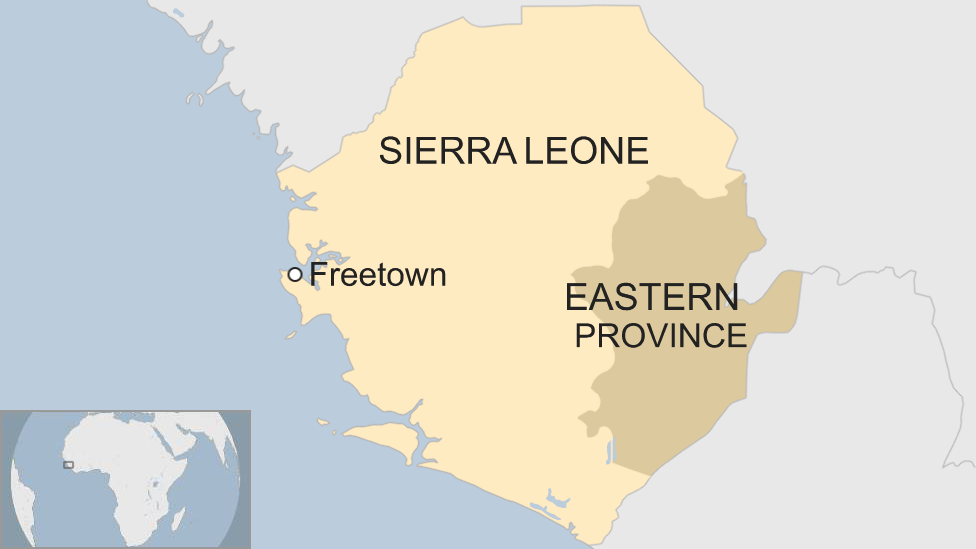
In language which harks back to the days of slavery, each group has a Master who looks over them. He is also in charge of providing food, accommodation and medicine.
But when I was there, conditions were such that only one square meal a day was assured - and please do not ask how the sauce tasted.
We often slept on the floor of a room or veranda, with bedbugs and mosquitoes biting us in turns. As for health care, Panadol was all we would get if we fell ill.
Then there was the Supporter - the person who would provide the funds for the Master.
We rarely got to know him personally. He tended to be a big businessman or diamond dealer, and he provided us with tools and monthly allowances.
Like me, most diggers did not know - and still do not know - the real value of their diamonds. So, it was easy for the Master and the Supporter to connive and dupe us about the price.

It takes sharp eyes to spot some diamonds
There is a group known as Gado Geng. They prefer to sponsor themselves and sell their diamonds on their own.
But my three-member team had a Master. We worked on a licensed plot.
However, one day, we went to do illicit mining at an abandoned site belonging to the then state-owned National Diamond Mining Company.
Sparkling object
Two of us were on the sieve, the third shovelling the pile of gravel. I was busy shaking the sieve under the water to wash the mud off the stones.
Then I saw a sparkling object right in the middle of the sieve.
I was not sure if it was a diamond or corundum, a sparkling stone that has little value. I brought up the sieve, to be sure.
I went straight to the spot to try to separate it from the rest of the stones and sand.
My heart pounded. I excitedly muttered to my colleagues: "Na diamond," a Krio phrase for "It's a diamond".
I made sure that I did not say it loudly for fear that someone in the distance would hear me.
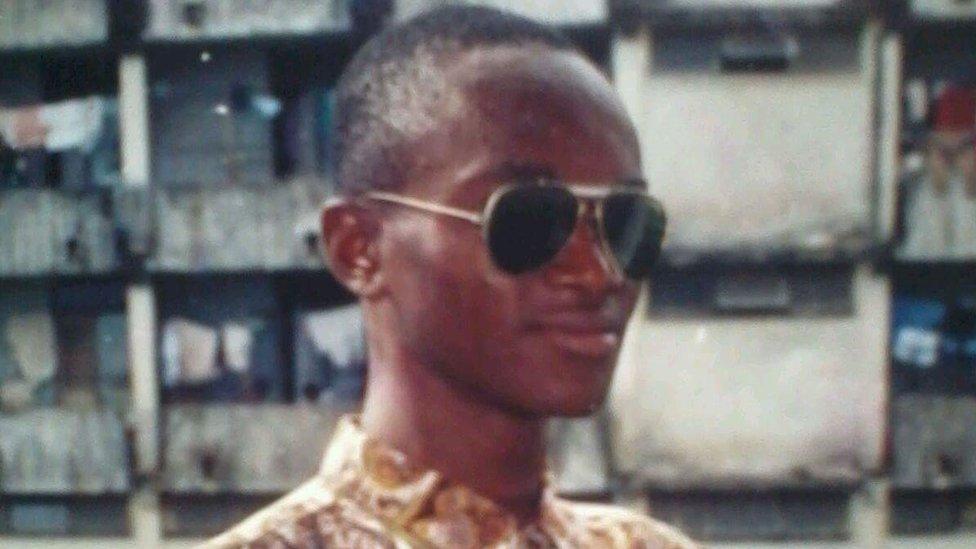
This is one of the few photos Umaru still has of his time at university
My colleague, Yarpo, dropped the bucket and shovel to verify my find. He agreed that it was a diamond.
We flung the tools away and dashed into the tall swampy grass. We then fled before anyone could catch us.
Obviously, we kept our Master in the dark and sold the two-carat diamond to a local dealer for 100,000 leone. I am not sure how many US dollars that was worth in 1991, but it was a lot of money.
I was the youngest, but the other two diggers treated me fairly. We split the money, and they gave me 34,000 leone, a little more than my share.
Unlike many other diamond diggers, I did not waste any of it on buying brightly-coloured sneakers, jeans, shirts or cassette players.
I had a clear idea what I was going to do with it - pay my first year university fee of around 24,000 leone.
Dream fulfilled
As I was still awaiting my school exam results, I gave the money to my aunt to add to her capital and do some business.
I went back to concentrate on mining, but it turned out to be the last time that fortune would smile on me as a digger.
I always wanted to become a journalist as I was born with the BBC World Service blaring in our home.
My dad, who never went to school, was addicted to it. And there were old newspapers and magazines lined up under his mattress and piled up elsewhere in his tiny bedroom.
However, Sierra Leone's Fourah Bay College did not offer journalism at the time. So, my instinct told me to study English and French for an international edge.
I graduated with a Bachelor of Arts degree, and went on to work as journalist.
Like me, my children have grown up with the BBC World Service, except that my voice is among the voices that they hear.
- Published16 March 2017
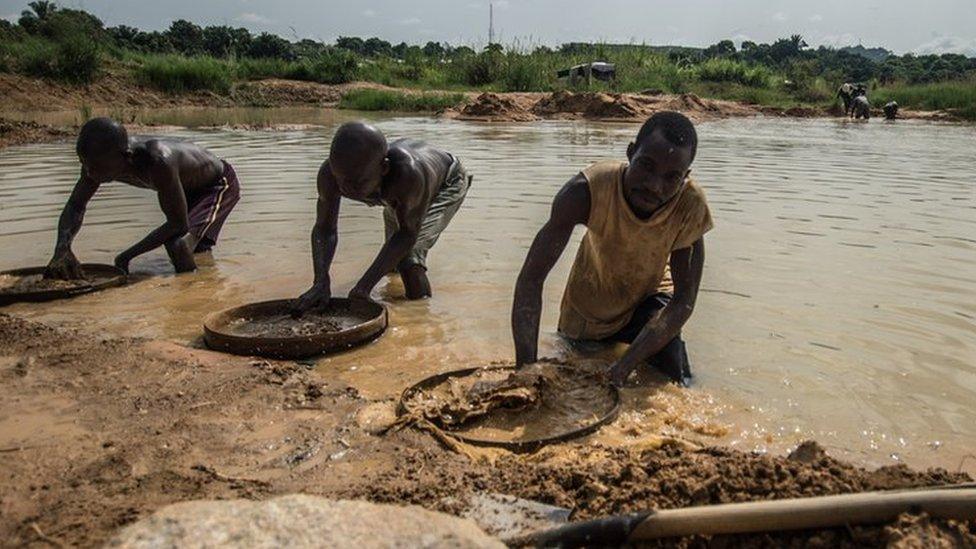
- Published4 January 2017
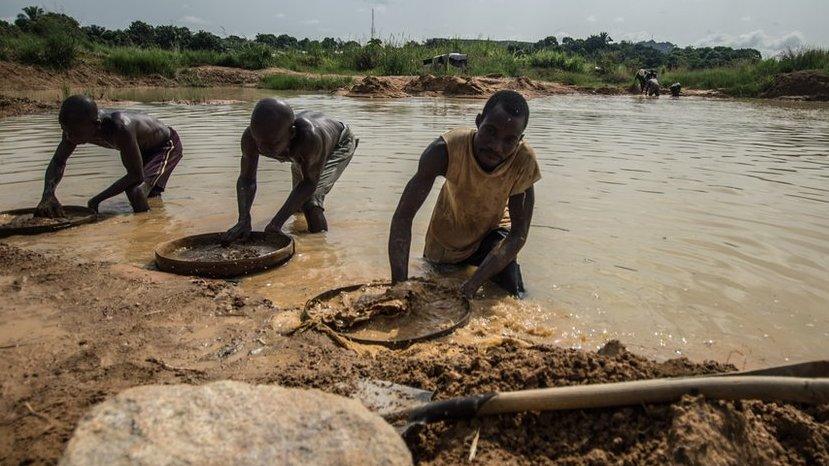
- Published29 July 2016
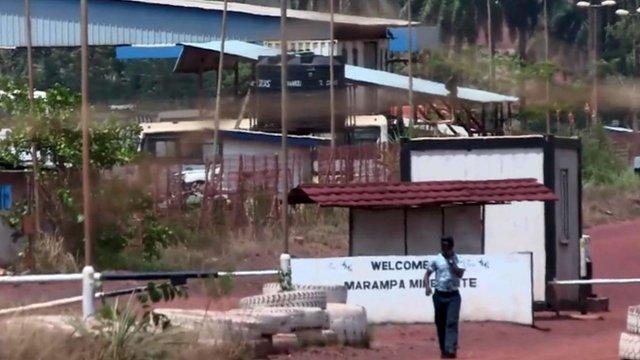
- Published30 June 2016
